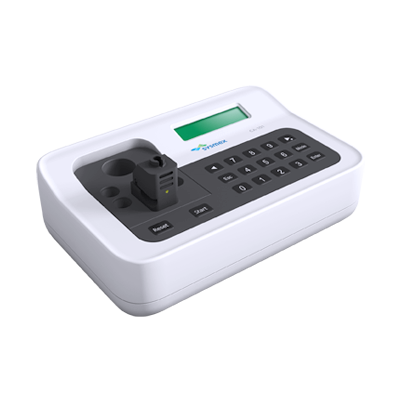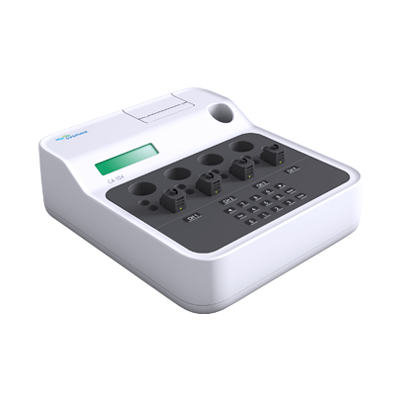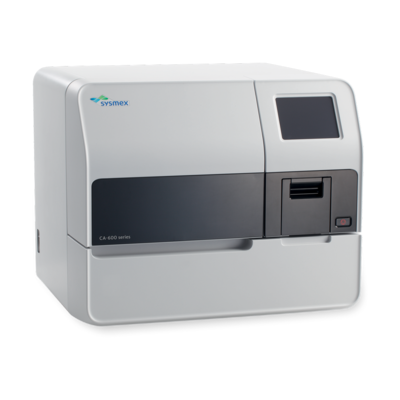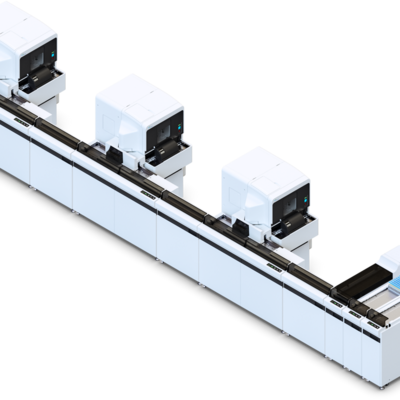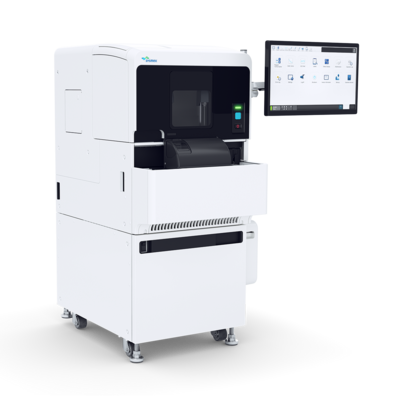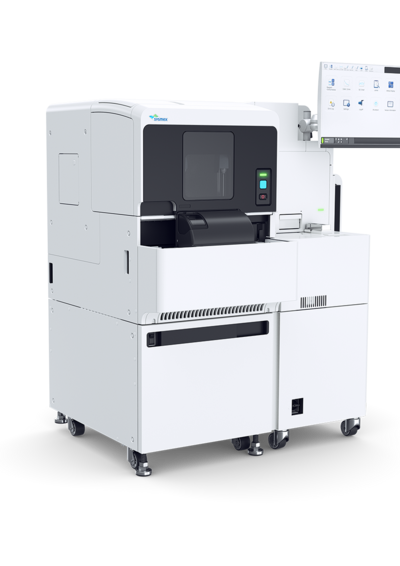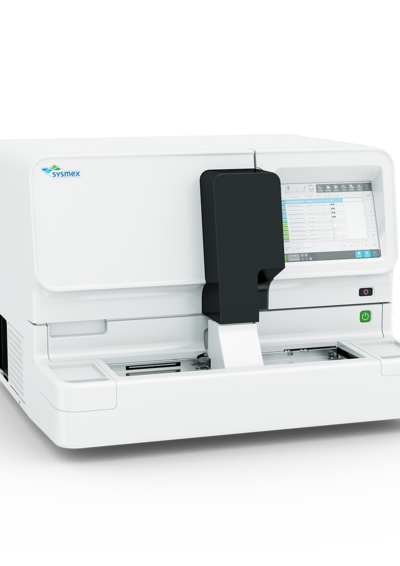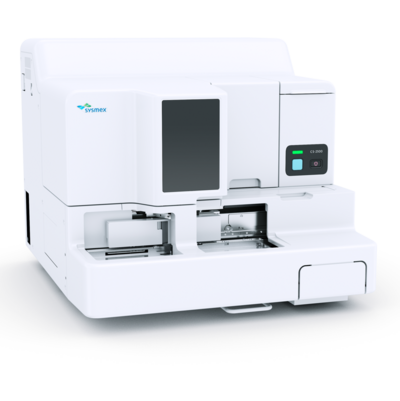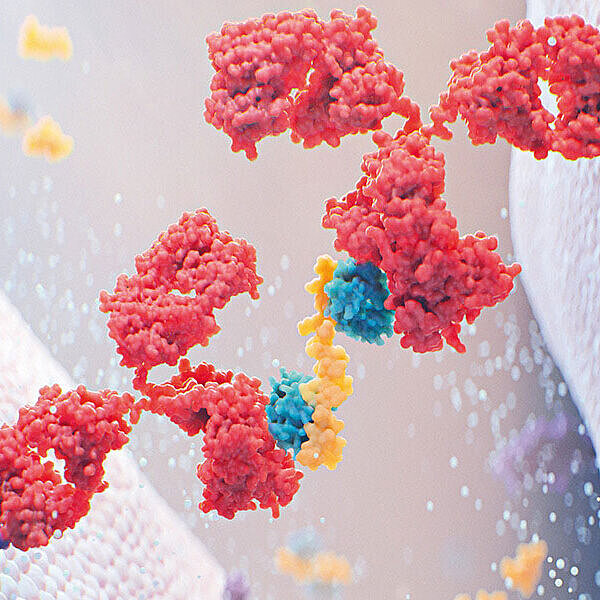Haemostasis
Haemostasis is the body’s physiological method of maintaining blood circulation. The combination of complex actions between the blood vessels, platelets and specific proteins in the plasma, stops bleeding if a blood vessel is damaged.
The mechanisms involved need a regulatory system to ensure a proper balance between the need to stop bleeding and causing a blockage in the vessel.
Those suffering from an imbalance in the haemostasis system can have a higher bleeding risk (haemophilia) or a higher risk of blockage of the blood vessels by undesired clot formation (thrombosis).
Through our product portfolio, Sysmex can aid physicians in the diagnosis of haemostatic disorders, or assist with the treatment of patients in order to prevent them from thrombotic or bleeding conditions. From basic to highly specialised tests, our solutions cover the broad needs of our customers.
Coagulation is complex
Coagulation is complex
When blood vessel walls are damaged, the blood vessels contract to slow down the blood stream. The damaged cells from the vessel’s inner wall (endothelium) trigger several processes, including the activation of platelets and the clotting mechanism. Activated platelets stick together (adhesion) and form complexes (aggregation) that result in the first haemostatic plug in the vessel wall to stop the bleeding. Activated platelets also form the surface for the clotting process.
Clotting (coagulation) occurs through the formation of a network of fibrin, which in turn is the result of many other so-called 'clotting factors' being activated. The fibrin network and the haemostatic plug form a secure solution for stopping bleeding and give the body the opportunity to repair the blood vessel.
Haemostasis testing is crucial
In haemostasis, test results can point out major clinical issues, some of which may be life-threatening if not dealt with swiftly and accurately. For instance, cardiovascular disease (CVD) is one of the leading causes of death and disability in the world. And this is not likely to change any time soon, considering the demographics and lifestyle we see today. Like all patients, people with CVD have the best chance of survival when their illness is detected early.
Labs offering haemostasis testing can really support clinicians with patient diagnosis. Since confidence in the subsequent clinical decision-making is essential, you need equipment that performs reliably and produces results of consistent, high quality at all times. You need to meet TAT demands and help patients as soon as possible, so the tests have to be performed fast – even with complex samples that require precise pre-analytical treatment. And as the industry evolves, the spectrum of test requests is increasing too. It’s a challenging situation.
Sysmex haemostasis solutions address these issues. The strong technological performance both stabilises the routine and provides high consistency – the essential basis for reliable, accurate results and confident interpretation. This confidence is underpinned with our active support, service and expertise, both on site and/or online.
A reliable partner for your (haemostasis) lab
Sysmex is a total solution provider for laboratories of all sizes around the world. With fifty years’ experience in haematology and over thirty creating haemostasis solutions, our portfolio meets real laboratory and user needs – from the smallest details to large-scale workflow design. With representative sites in nearly all countries, our supply and service are leading in our field.
We provide a wide range of scientific articles on haemostasis, from topics in our SEED (Sysmex Educational Enhancement and Development) database and literature lists of scientific papers, to specific details on our assays and technology. These can help you to optimise your lab testing and interpret the analysers’ results, and in doing so offer patients the best clinical care. To access our haemostasis articles, please go to the document slider, or contact your local Sysmex representative.


